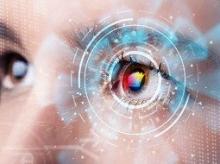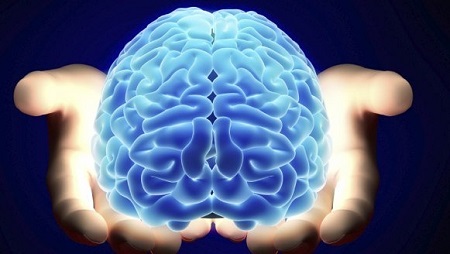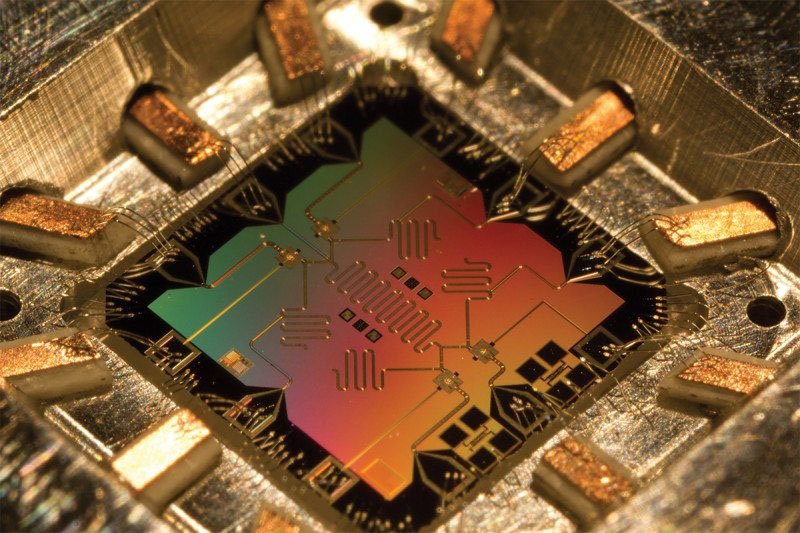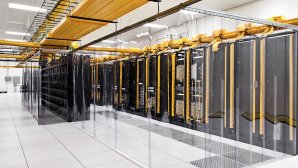روش جدیدی که با استفاده از فلزات مایع ای سی تولید میکند که فقط به ضخامت چندین اتم می باشد منجر به پیشرفت بزرگ بعدی در الکترونیک خواهد شد.
این فرآیند میتواند راهی باز کند تا محصولات ویفری بزرگ با ضخامت 1.5 نانومتر تولید کرد.(ضخامت یک کاغذ در حدود 100000 نانومتر می باشد.)
تکنیکهای دیگر اثبات شده از نظر کیفیت غیر قابل اتکا می باشند، براحتی مقیاس پذیر نیستند و عملکردشان در دماهای خیلی بالای 550 درجه سانتیگراد ایجاد میشود.
پرفسور کورش کلانتر زاده از دانشکده مهندسی دانشگاه RMIT استرالیا و همکارانی از دانشگاه موناش، CSIRO، دانشگاه کارواینای شمالی و دانشگاه کالیفرنیا رهبری این پروژه را بر عهده دارد.
او میگوید که صنعت الکترونیک به مانع برخورد کرده است.
"تکنولوژی پایه ای موتور خودروها از سال 1920 تا کنون پیشرفتی نداشته است و همین اتفاق برای الکترونیک هم اتفاق افتاده است.تلفنهای همراه و کامپیوترها از پنج سال پیش قدرتمنتر نشده اند."
"به همین خاطر این تکنیک پرینت دو بعدی خیلی اهمیت دارد-خلق لایه های زیادی از چیپ های باورنکردی نازک در همان سطح به صورت چشمگیری قدرت پردازش را افزایش میدهد و هزینه هار کم می کند."
"این اجازه میدهد تا انقلاب بعدی در الکترونیک روی دهد."
بنجامین کاری، یکی از محققان، می گوید تولید ویفرهای الکترونیک با ضخامت اتمی می تواند به محدودیت های اخیر تولید چیپ غلیه کند.
همچنین می توان موادی تولید کرد که به صورت فوق العاده ای قابل خم شدن می باشند، که راه را برای المترونیک انعطاف پذیر هموار می کند.























